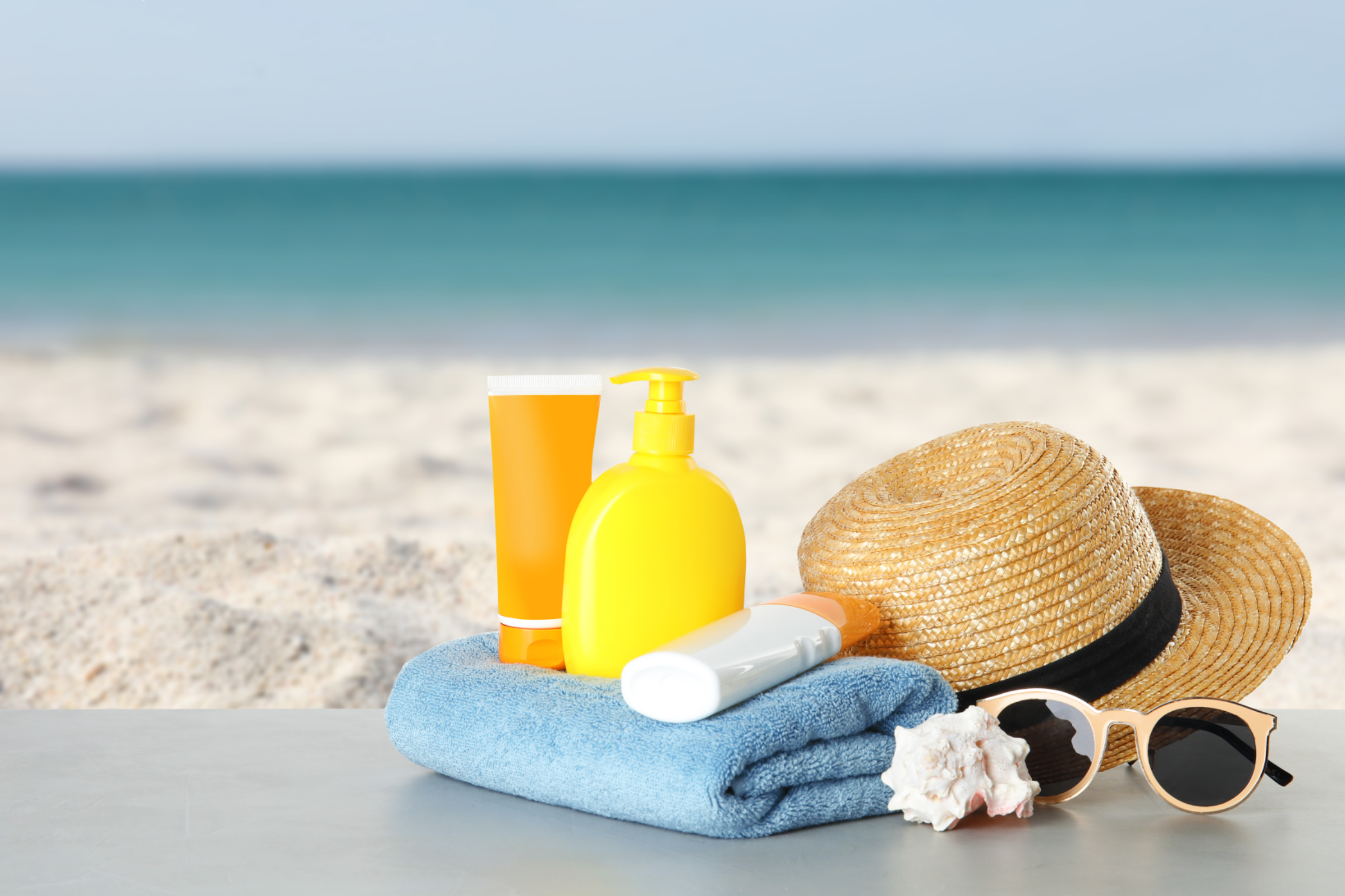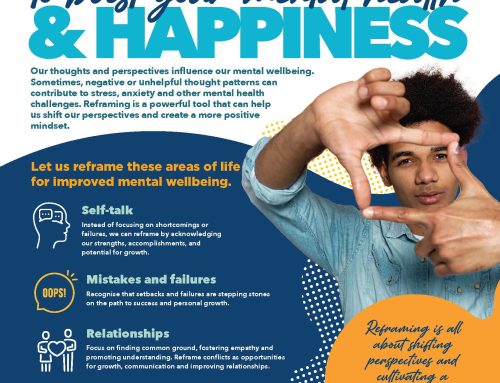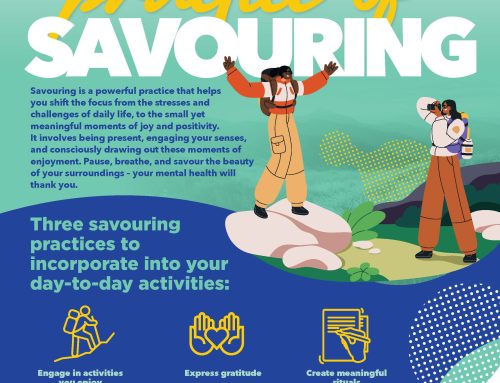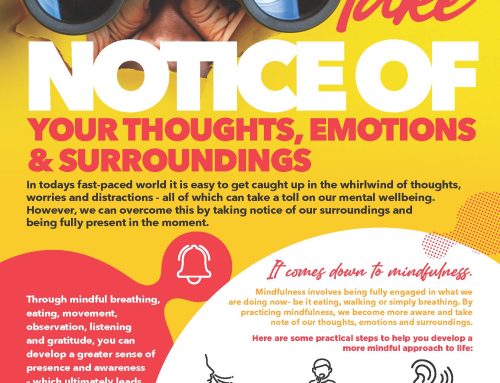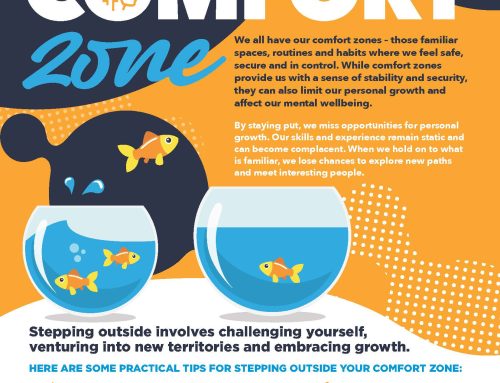Summer is in full swing and we are spending more time outdoors and in the sun. We all know how important it is to protect our skin against UV radiation, yet most of us don’t do enough to look after our skin accordingly. You think we do? The stats prove the opposite. South Africans have the highest rate of melanoma skin cancer in the world and within AMS’ population, one third of all tumours are skin tumours.
SPOT skin cancer
The Cancer Association of South African (CANSA) emphasises that people don’t pay enough attention to marks and spots on their skin and claims that people are more worried about marks on their car. To prove their point and to create awareness, they created stickers that looked like melanoma and stuck them to people’s cars. “Would a spot on your own body worry you as much?” they asked. The campaign reached 78,000 people that were then invited for a free check-up at a CANSA stand close by and 169 dangerous melanomas were identified during the campaign. The early detection of melanomas ensured that these didn’t develop into life threatening cancer. “Skin cancer is one of the most preventable cancers, but yet people often die from it” a CANSA representative remarked during the campaign.
Check your skin regularly (at least every month) and if you notice any of the below warning signs see a doctor or dermatologist!
Warning signs for skin cancer (ABCDE)
A: Asymmetry – moles with one half unlike the other (not symmetrical). Common moles are round and symmetrical
B: Border irregularities – scalloped, with poorly defined edges. Common moles are smooth and have even borders
C: Colour changes – tan, black, brown, red, white, bluish. Common moles are usually a single shade of brown or black
D: Diameter – larger than 6mm
E: Evolving – evolving/growing bigger and becoming more prominent
Of course it is better to prevent damage to the skin in the first place and to adhere to these Golden Rules:
- Avoid direct sunlight between 10am and 3pm
- Wear sunglasses with UV400 rating, a sunhat and UV protective clothing all times
- Apply Sunscreen (20 – 50 SPF) 20 minutes before going outside and re-apply every 2 hours
- Take special care to protect children. 80% of sun-induced skin damage occurs before the age of 18. No direct sunlight for babies under one year old
- Avoid sunbeds – your tan is not worth dying for
You don’t have to hide completely from the daylight though; being outdoors and in the sun also has its benefits. As always, it is about the right balance. Having exposure to enough sunlight can lift your mood, make you feel calm and focussed, as your brain will react to the sunlight by releasing a hormone called serotonin. The UV radiation also triggers the creation of Vitamin D which is important for healthy bones. The right level of sunlight might also help with the improvement of certain skin and / or other conditions. All you need is 5 to 15 minutes of sunlight on your arms, hands and face 2-3 times a week. So be smart and stay safe in the sun.
Source: https://www.angloms.co.za/portal/ams/news-2019-stay-safe-in-the-sun
